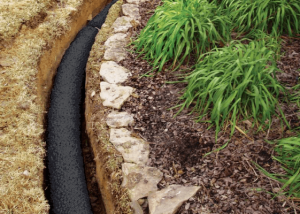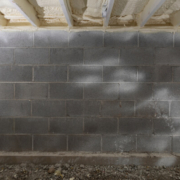Why Outdoor Drains Are Important | Sandy Springs, GA
Do you have a wet basement or a soggy yard? If so, you are in need of a French drain.
French drain is a type of outdoor drainage that works well to protect home foundations. These drains work using the simple law of gravity. They provide water with the easiest possible route to flow. They therefore direct water far from your foundation and into a centralized drainage system.
French drains are named after their promoter, Henry French. He promoted the use of the system in his book in 1859 about drainage systems for farms.
How they work
Water flows through the easiest possible channel it can find. French drains provide this for water. The water in the soil runs into the trench, which is filled with gravel. It then runs into the perforated pipe which is located at the bottom of the trench.
The water can then travel freely through the pipe. It empties into the main drainage system which is a safe distance from the home. The drain can be directed to a dry well, the street, a drainage ditch or a low lying part of your property.
Who needs this Drain?
You need the French drain if you’re experiencing any of the following:
- Your lawn gets soggy after the rain. If water is not draining away soon after a downpour, it may cause damage to your foundation.
- If you have a wet basement
- If you are building on a hillside and are putting up a retaining wall
Types of French Drains
There are different types of French drains designed to deal with different problems. The most common types are:
1. Deep French drain
This is also known as a footing drain. It is built around the perimeter of your house. It is built at footing level. This ensures that it intercepts the water before it enters the basement. This type of outdoor drainage is ideal for those with wet basement problems.
2. Interior French drain
This type of drain is also used to prevent water from entering the basement. It is in fact one of the best outdoor drainage systems for keeping your basement dry. The drain is built into the floor of your basement. The water flows to a collection tank that has been sunk into the floor and is pumped out using a sump pump.
Consult a professional contractor to help you determine the best drainage system for your home.




